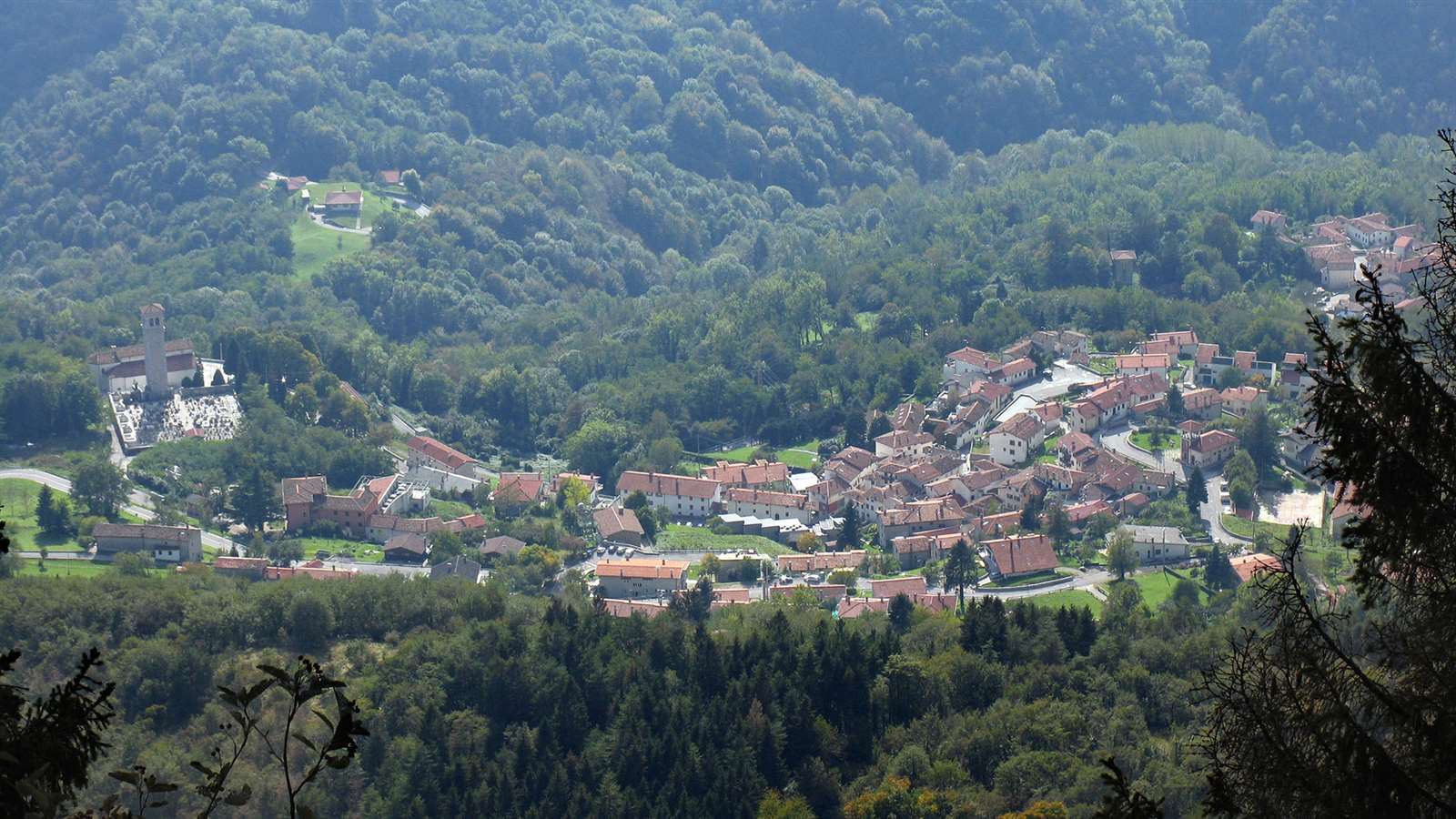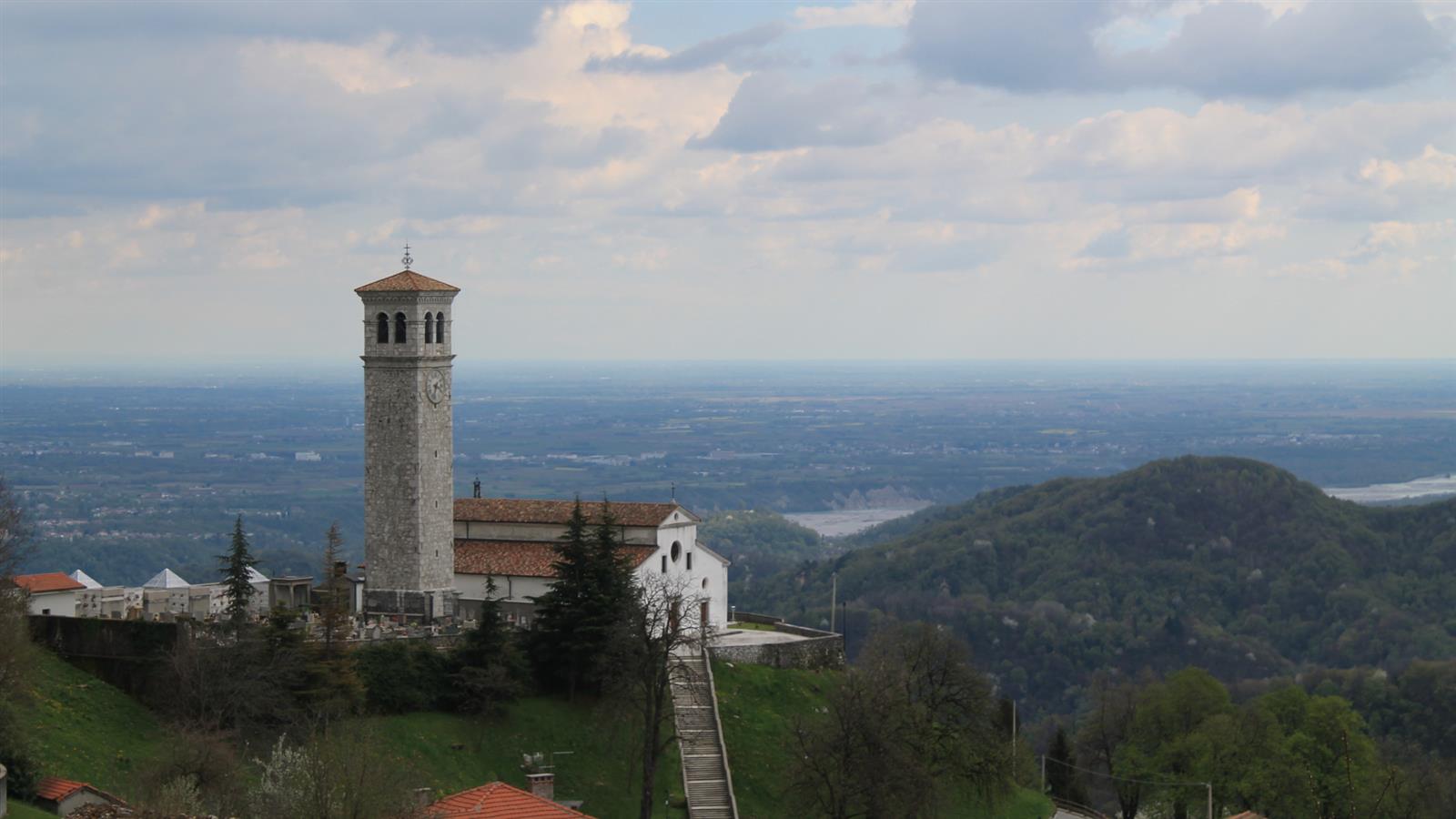Clauzetto
Il comune di Clauzetto comprende una quarantina di agglomerati sparsi, come Celante di Clauzetto, Dominisia, Francescuz, Gerchia, Orton, Pradis di Sotto e di Sopra, Tascans, Triviat, Zuanes.
In bella posizione a balconata sulla pianura, è centro non solo di antica tradizione culturale ed economica (attestata sia dal rispettabile numero di personaggi illustri che qui ebbero i natali, sia dai molti edifici - come il palazzo Còncina - simboli di agiatezza e gusto) ma anche di consolidata vocazione turistica.
Clauzetto può far conto sulla sua tradizione di ospitalità e sul notevole patrimonio naturalistico, godibile attraverso una fitta rete di piacevoli strade e di sentieri segnalati: i fenomeni franosi e le profonde forre di erosione del Cosa e del Paveon; i cento fenomeni carsici dell'altopiano di Gerchia (inghiottitoi, abissi e grotte, come il complesso La Val - Noglar - Mainarda, profondo un centinaio di metri, con uno sviluppo di 6,5 km); i calanchi del monte Dagn; le sorgenti carsiche sparse un po' ovunque ma, soprattutto, le Grotte Verdi, turisticamente attrezzate, dove ci si può anche dare appuntamento per la Messa di mezzanotte a Natale, divenuta da tempo una tradizione.
Nella frazione di Pradis caratteristiche sono le abitazioni, il piccolo cimitero di guerra italo-tedesco sulla strada per Pielungo (dove si combatté il 5-6 novembre 1917, durante la ritirata italiana di Caporetto); il Museo del Gruppo speleologico locale per i reperti delle grotte (epipaleolitici e neolitici).



